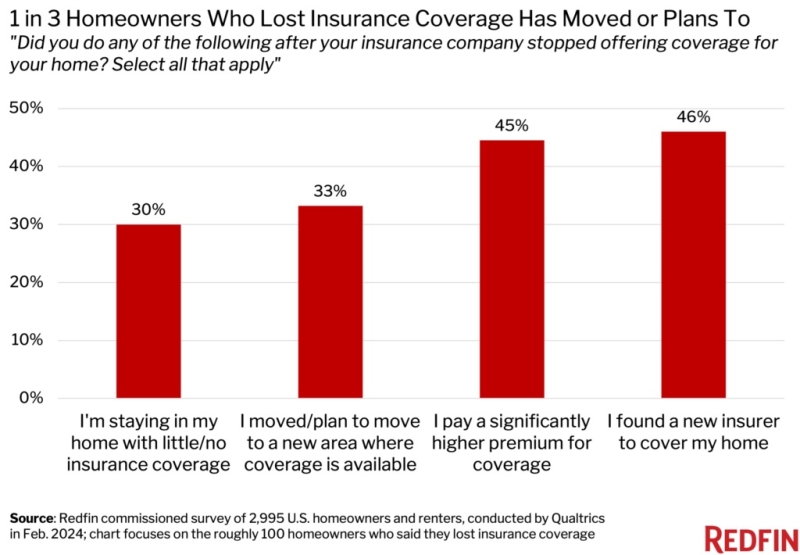Advertisement
NAR: Q3 Home Sales Decline Nationwide

Metro area median existing-home prices in the third quarter generally were down from a year ago, while sales rose in every state from the third quarter of 2010, according to the latest quarterly report by the National Association of Realtors (NAR). The median existing single-family home price rose in 39 out of 150 metropolitan statistical areas (MSAs) in the third quarter from a year earlier; 111 areas showed price declines. In the second quarter, 41 metro areas had posted annual price gains.
“Home sales need to recover first–only then can prices stabilize," said Lawrence Yun, NAR chief economist. "Existing-home sales are little changed from the second quarter, but are notably higher than a year ago. The good news is inventory levels have been trending gradually down.”
Total state existing-home sales, including single-family and condo, slipped 0.1 percent to a seasonally-adjusted annual rate of 4.880 million in the third quarter from 4.883 million in the second quarter, but were 17 percent higher than the 4.170 million pace during the third quarter of 2010. Every state and the District of Columbia saw sales rise from a year ago, with 45 states posting double-digit gains.
The national median existing single-family home price was $169,500 in the third quarter, down 4.7 percent from $177,800 in the third quarter of 2010. The median is where half sold for more and half sold for less. Distressed homes, typically sold at a discount of about 20 percent, accounted for 30 percent of third quarter sales, compared with 33 percent in the second quarter; they were 34 percent a year earlier.
Median price measurement reflects the types of homes that are selling during the quarter and can be misleading at times because the level of foreclosures, which artificially depress median prices, can vary notably in given markets. Annual price measures generally smooth out any quarterly swings.
“Housing affordability conditions have been at a record high this year, rents are rising and homes are selling for less than the cost of construction in most of the country, said NAR President Ron Phipps, broker-president of Phipps Realty in Warwick, R.I. “For people with secure jobs, good credit and long-term plans, today’s conditions will be remembered as a golden opportunity to enter the housing market."
NAR’s Housing Affordability Index stood at 183.8 in the third quarter, the second highest on record after the first quarter of 2011. The index measures the relationship between median home price, median family income and mortgage interest rates; the higher the index, the greater household purchasing power.
“While it’s tough to get a mortgage given the unnecessarily restrictive underwriting standards, investors are taking advantage of current conditions and paying cash for undervalued homes,” Yun said. “In many cases they’re renovating or repairing these homes to hold as rentals or resell at a profit.”
The share of all-cash home purchases was 29 percent in the third quarter, little changed from 30 percent in the second quarter and 29 percent in the third quarter of 2010. Investors, who make up the bulk of cash purchasers, accounted for 20 percent of transactions in the third quarter; they were 19 percent in the second quarter and 19 percent a year ago.
First-time buyers purchased 32 percent of homes, down from 35 percent in the second quarter and 34 percent in the third quarter of 2010. Historically, entry-level buyers account for four out of 10 home purchases.
In the condo sector, metro area condominium and cooperative prices—covering changes in 54 metro areas—showed the national median existing-condo price was $167,600 in the third quarter, down 2.2 percent from the third quarter of 2010. Twelve metros showed increases in the median condo price from a year ago and 42 areas had declines.
Regionally, existing-home sales in the Northeast increased 0.9 percent in the third quarter to a level of 770,000 and are 11.6 percent above the third quarter of 2010. The median existing single-family home price in the Northeast fell 6.5 percent to $236,700 in the third quarter from a year ago. In the Midwest, existing-home sales rose 2.5 percent in the third quarter to a pace of 1.08 million and are 25.1 percent higher than a year ago. The median existing single-family home price in the Midwest declined 2.2 percent to $142,300 in the third quarter from the same quarter in 2010. Existing-home sales in the South were unchanged in the third quarter at an annual rate of 1.89 million and are 15.5 percent above the third quarter of 2010. The median existing single-family home price in the South was $153,200 in the third quarter, down 2.2 percent from a year earlier. Existing-home sales in the West declined 2.6 percent in the third quarter to a level of 1.14 million but are 16.7 percent higher than a year ago. The median existing single-family home price in the West dropped 9.0 percent to $205,700 in the third quarter from the same quarter of 2010.
About the author





